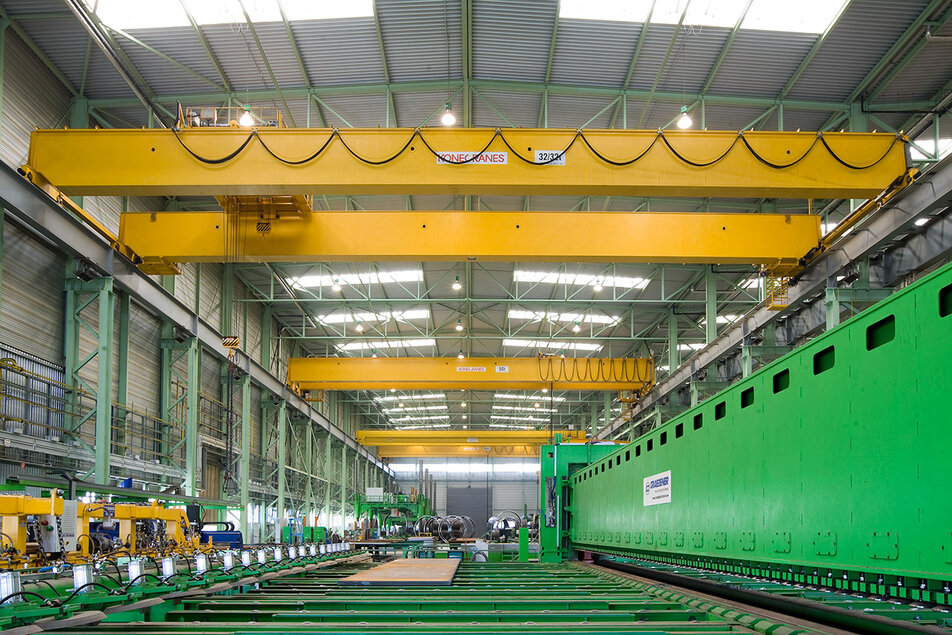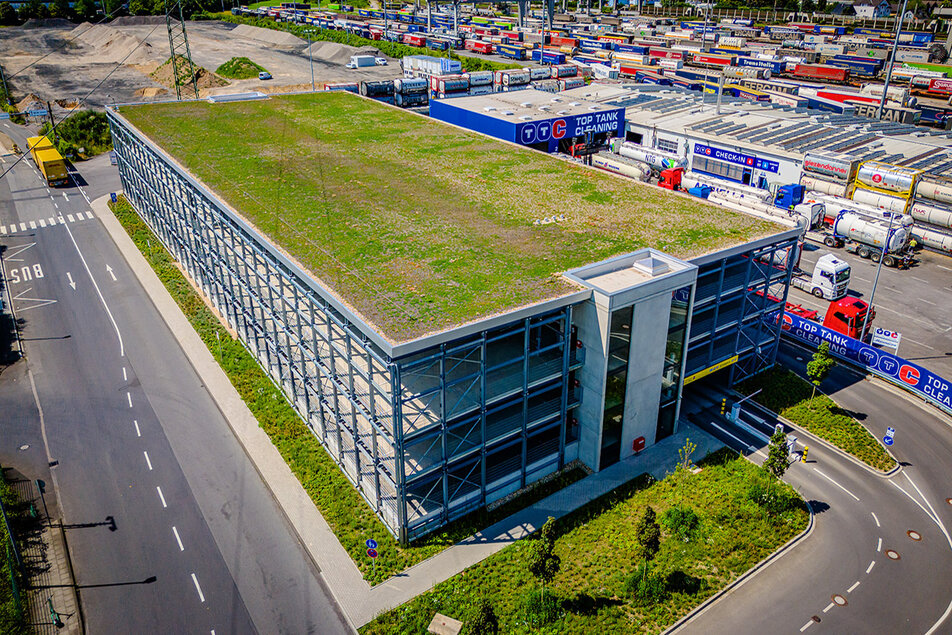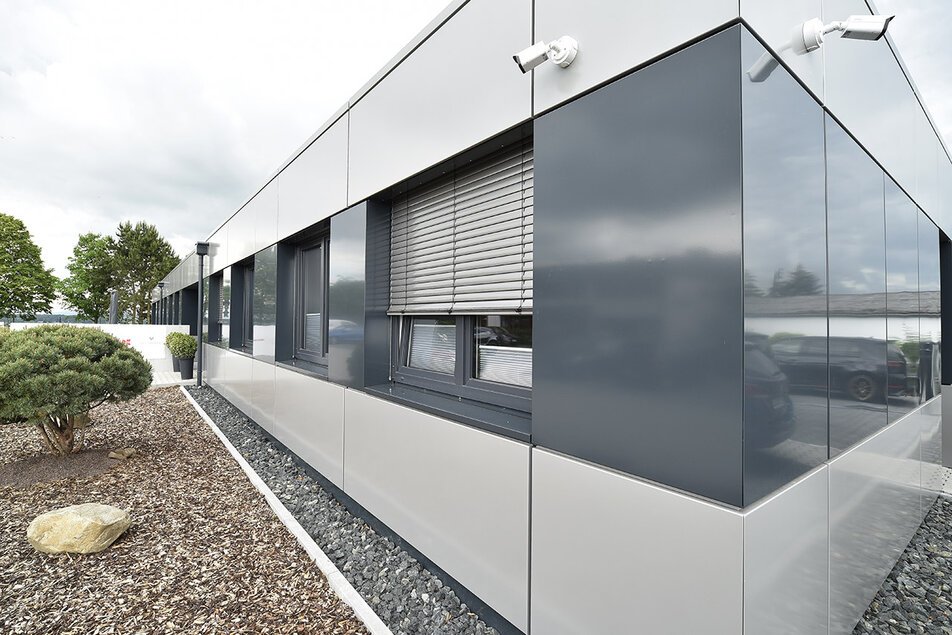
Building responsibly and for the future
Sustainability in construction – with foresight and responsibility
Since 1925, we have been active in industrial and commercial construction – building in steel, turnkey or modularly, constructing parking garages and bridges, building large-scale or small. This has not only given us extensive experience and expertise, but above all the following insight: Those who build today are shaping the world of tomorrow.
From our perspective, sustainability is not a trend, but an integral part of responsible project planning and forward-looking business practices. We rely on well-thought-out processes, technical creativity, durable materials, and modular systems – always with a focus on efficiency and resource conservation.
Sustainability in construction – part of our everyday work
At CHRISTMANN + PFEIFER, sustainability takes many forms – every day and in all areas of our planning and construction. The following examples offer a glimpse into our practice.

Steel: one of our main materials
Building with steel has been part of our DNA since 1925. Today, our favorite material continues to prove itself as a future-ready building material: durable, adaptable, and expandable. Steel components can be recycled without loss of quality. Thanks to its high load-bearing capacity, steel reduces material usage and conserves resources. And due to the short construction time of steel structures, site-related impacts are kept to a minimum.
Preflex® Parkhaus
In parking garage construction, we rely on a high degree of prefabrication: Our Preflex® slab elements are fully manufactured in the factory and only assembled on-site. This optimizes the construction process and timeline while reducing traffic, noise, waste, and emissions. The result: a 35% reduction in CO₂ emissions compared to a conventionally built parking garage with additive slab construction. Additionally, a Preflex® Parkhaus can be dismantled without damage and reused if needed.


Modular Buildings
Modular construction stands for efficiency, flexibility, and sustainability. The serial, industrial production of room modules in the factory and the short assembly time on-site save time and reduce noise, waste, and emissions. Sustainable materials such as steel or wood are used. Prefabrication enables precise components with optimized resource consumption. If needed, future expansion, dismantling, or reuse is possible. This creates sustainable spaces for living, working, and life.
Sustainability in construction – a personal perspective
Olivia on Tomorrow

What does future-oriented construction look like? Where are the levers for more sustainability? In our series Olivia on Tomorrow our Sustainability Manager shares insights into topics that move our industry and our company. She offers experiences, food for thought, and practical approaches from her daily work – honest, hands-on, and focused on what matters tomorrow.
Read more on Olivia's blog:
- Sustainability starts during planning.
Why integrated planning is the key to ressource-efficient construction. - Building the future.
With circular economy and modular systems. - Sustainable construction.
Does it always have to be expensive?

Sustainability in construction – taking responsibility
For us, sustainability is not only reflected in the construction process but also in our corporate actions. Learn more about how we take responsibility on our corporate responsibility page.
